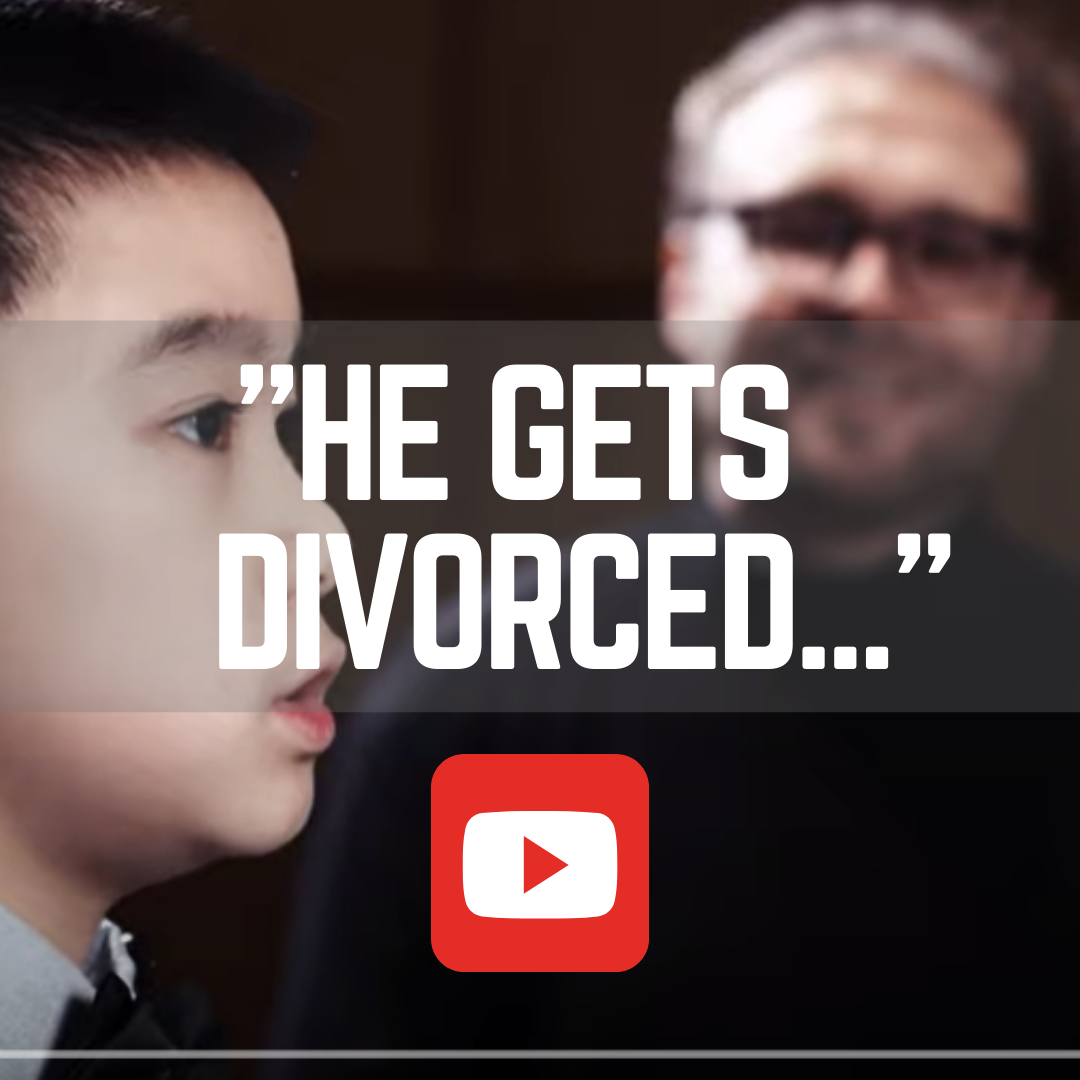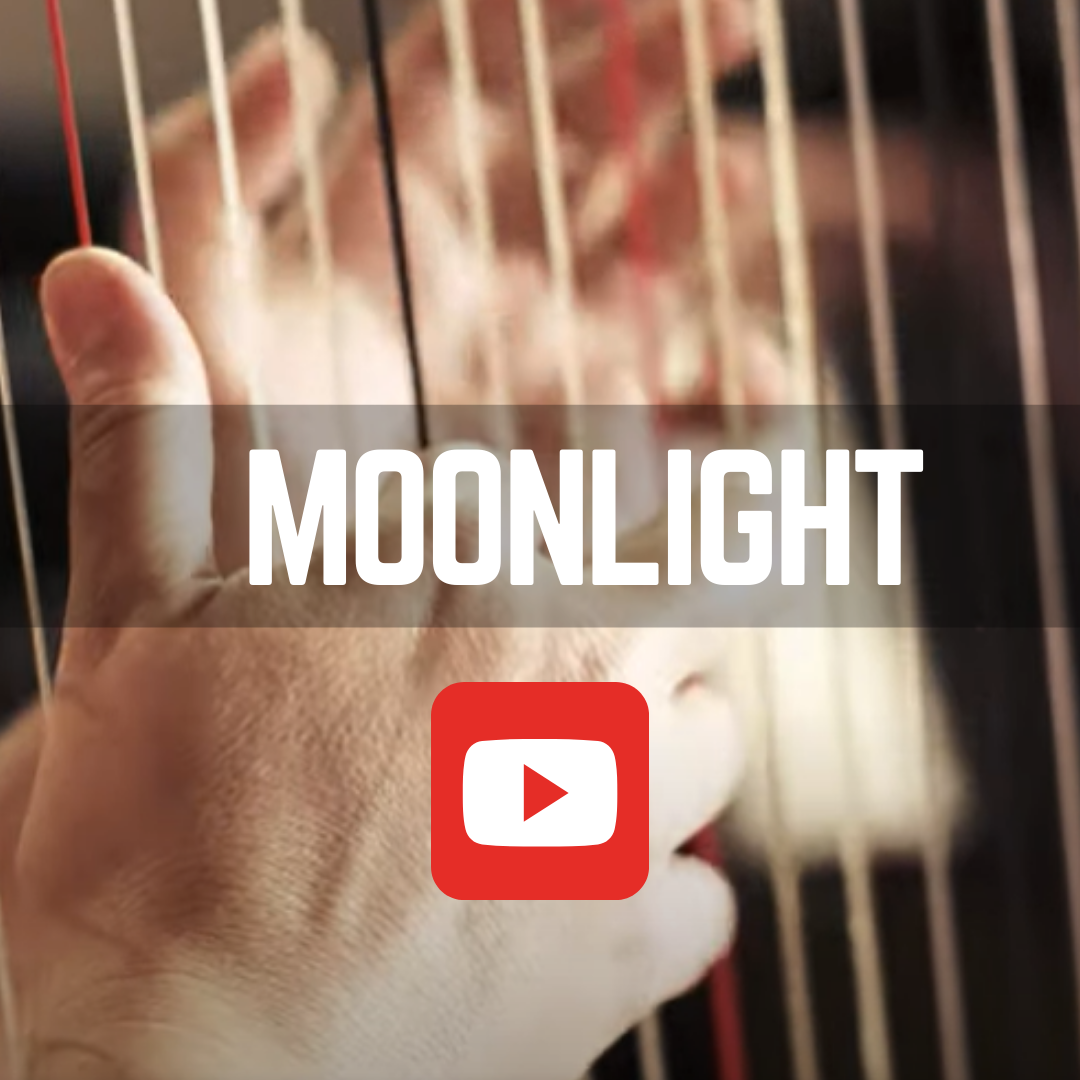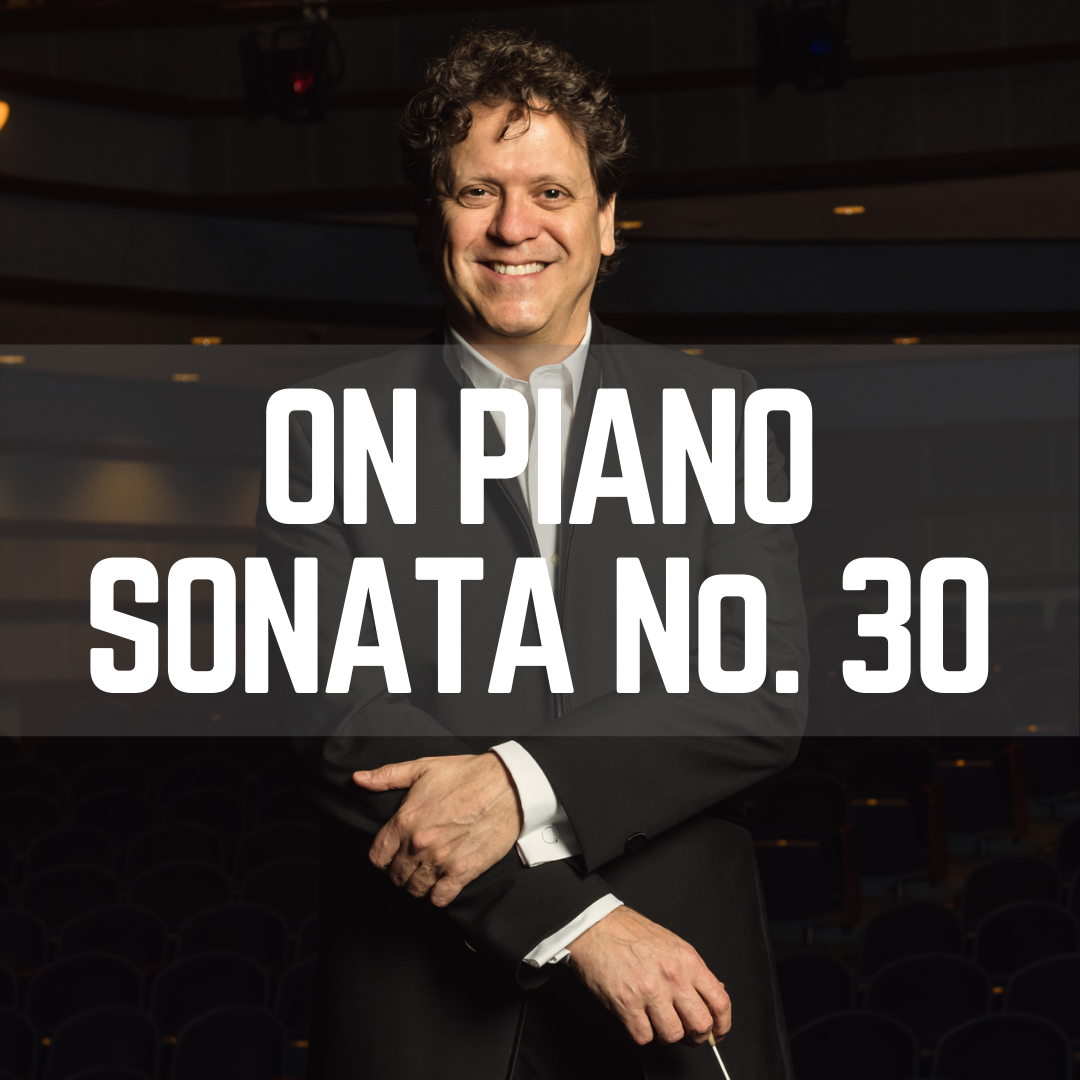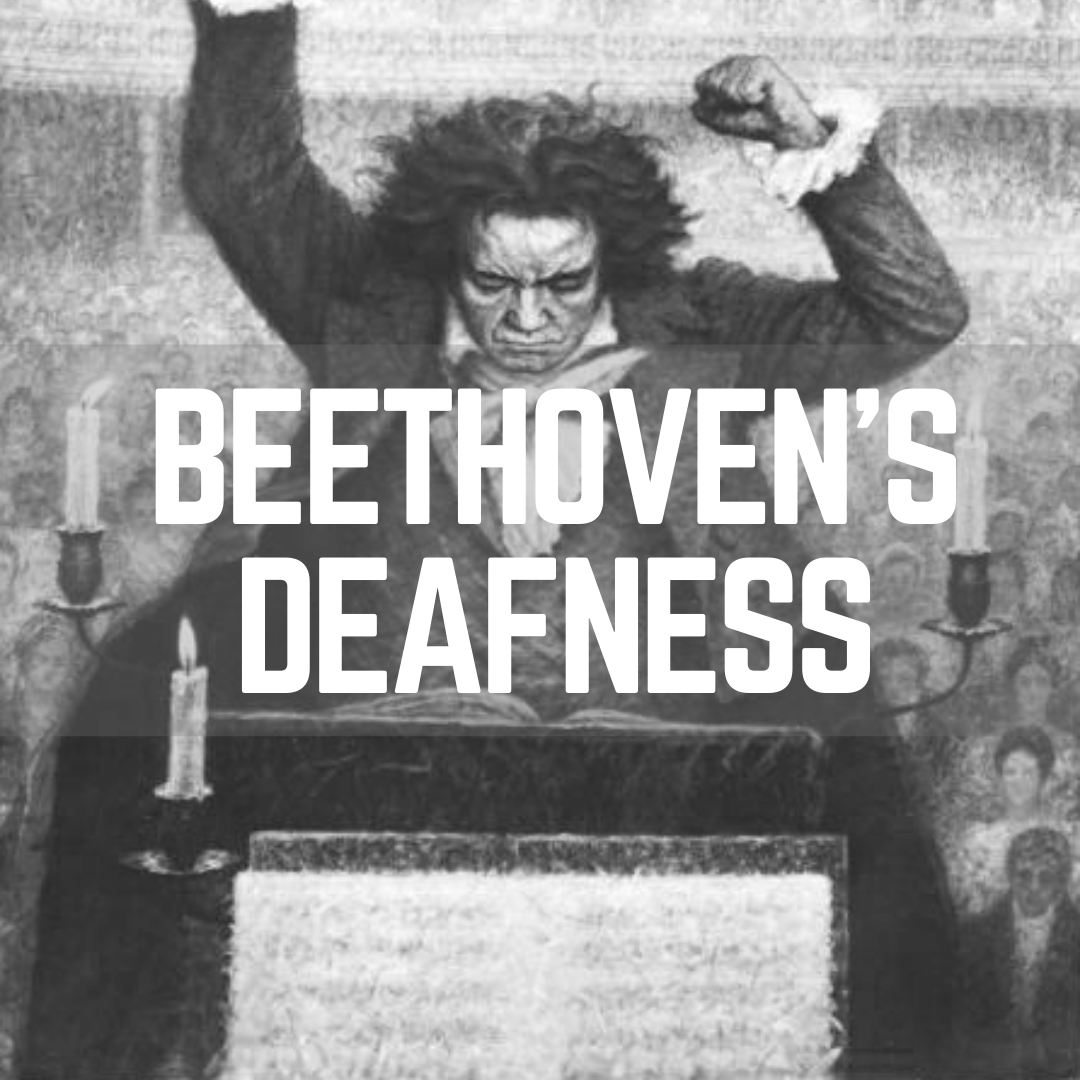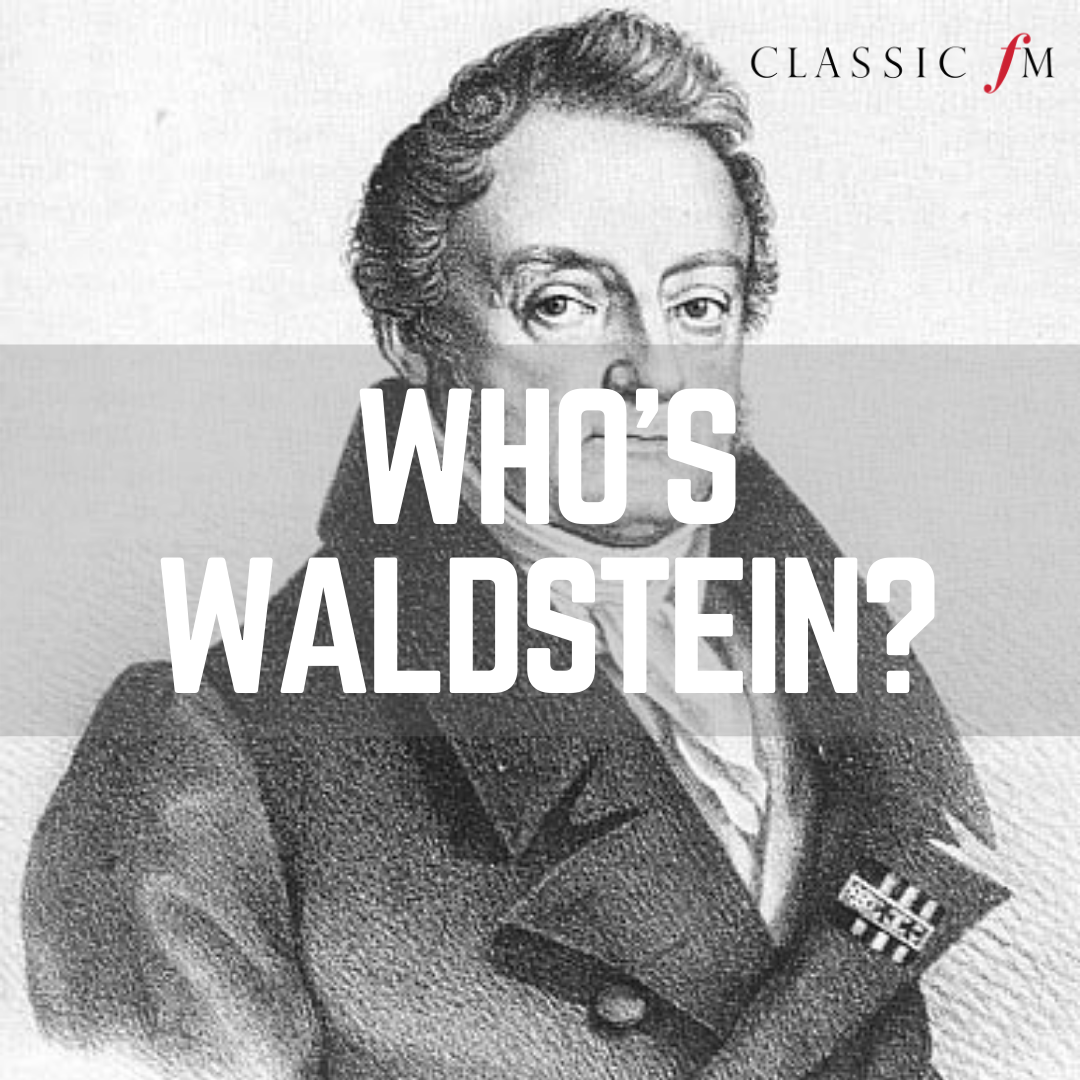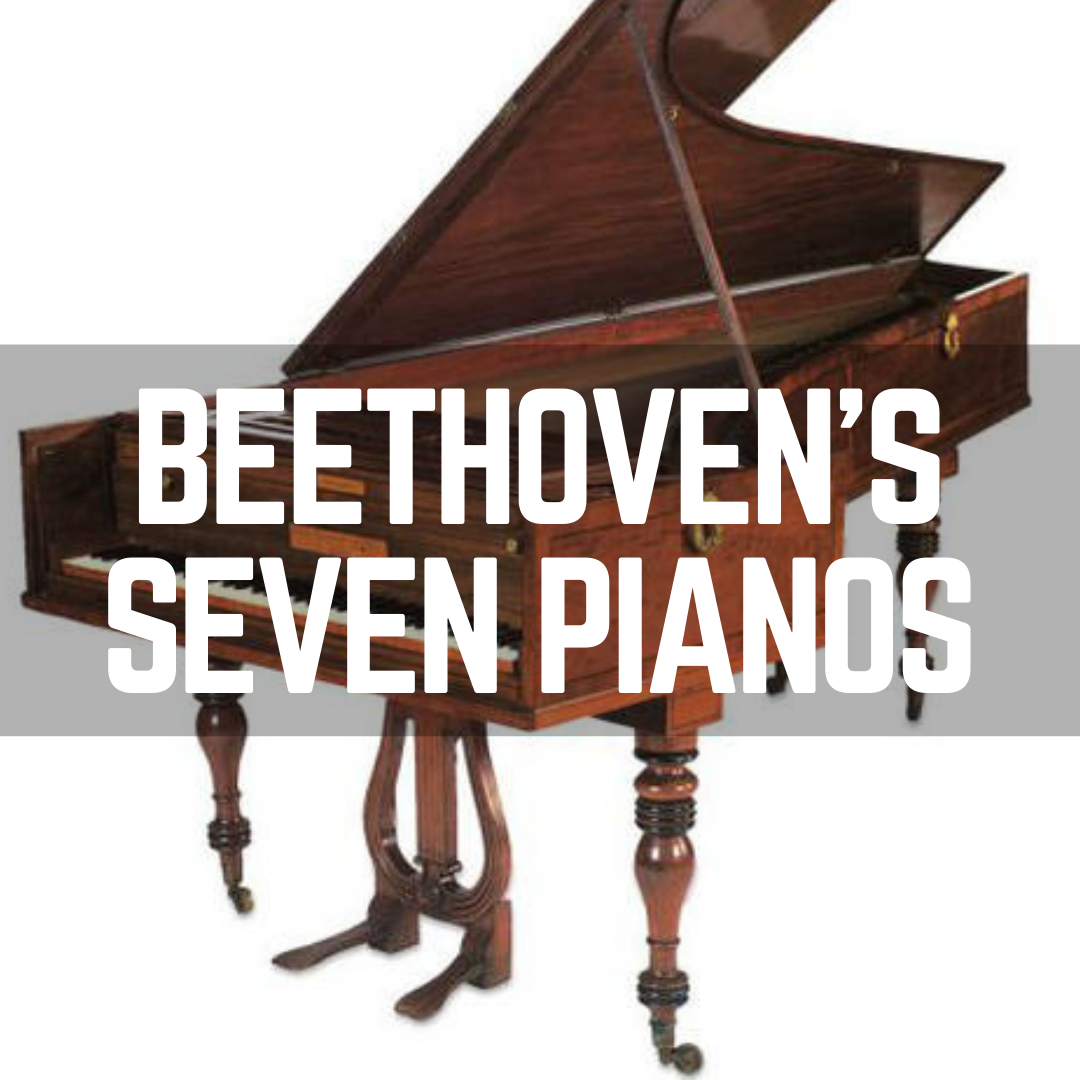Beethoven’s final three piano sonatas—Opp. 109, 110, and 111—earned him a publishing fee of 90 ducats, a goodly sum to be sure, but trifling considering the prestige those sonatas have acquired over the two centuries since Beethoven’s April 1820 contract with publisher Adolph Martin Schlesinger. Their agreement specified a deadline of three months hence, a target that went woefully unmet as the last sonata Op. 111 did not appear in print until 1823. However, Beethoven came quite close to meeting the deadline with Op. 109, which he declared as ready for publication in September of 1820. But Beethoven’s notoriously sloppy manuscripts resulted in galley proofs riddled with errors, and his ill health at the time prevented him from making adequate corrections. The result was an altogether unsatisfactory first edition in November 1821.
Those last three sonatas were worth waiting for. Milestones in the evolution of the piano repertory, each is in its own way a re-thinking and re-fashioning of the entire concept of a piano sonata, taking the genre on a journey far beyond its humble beginnings in the Italian Baroque as a musical aperitif.
Thus Opus 109 in E Major. The fantasy-like opening movement bears a distinctly improvisatory quality due to its numerous tempo and mood changes. The second-place Prestissimo is a grand example of a scherzo, that turbocharged minuet-on-steroids that Beethoven had made so uniquely his own since the early days. Disruptive and abrupt, it shatters the lyricism of the first movement with its minor mode, outbursts of anger, and distinctly manic personality.
After a much-needed pause, a sublime series of variations commences. The term “variations” tends to elicit notions of relatively easy listening, as some catchy little tune is elaborated in various ways, usually by piling on ornamentation or keyboard figurations. But not here. The variations progressively simplify, rather than elaborate, the opening melody, as we become increasingly aware of the underlying skeleton of the theme, over time discovering its essence, as it were.
Ace commentator Sir Donald Francis Tovey’s astute advice to listeners regarding Opus 109 dates from 1951 but remains as trenchant and valuable as ever: “We attend to what reaches our senses,” he wrote in his notes on this sonata, “and we allow the sum of our experience to tell us more in its own good time.”


